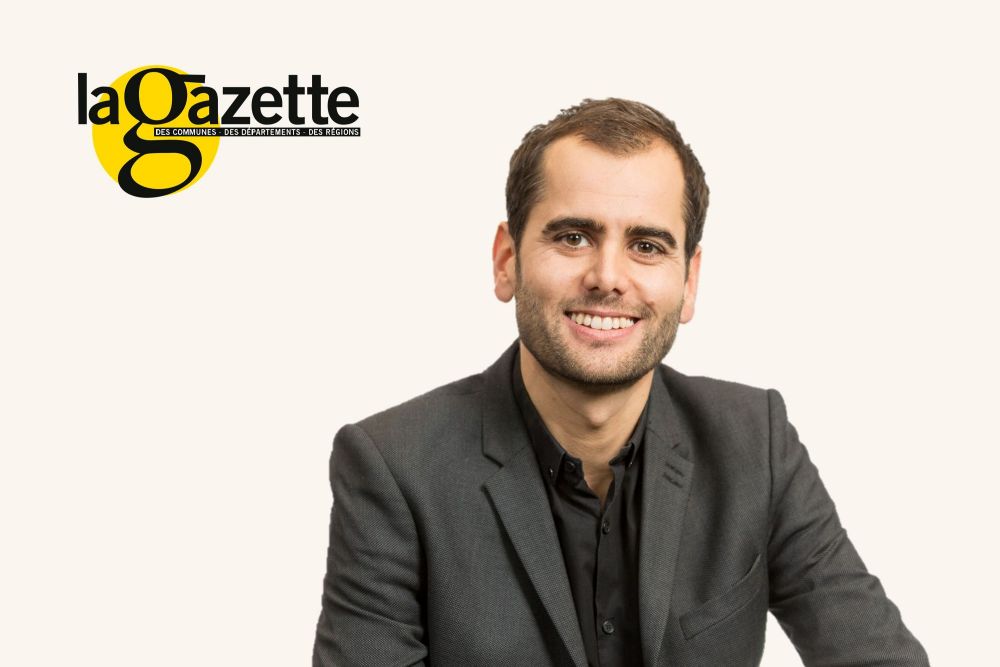- Home
- EN
- Kardham Group
- News
“Public procurement must become a lever”
April 2022

Public procurement must be a lever to support changes in work. This is the statement defended by Frédéric Maillet, Consulting & AMO-MOD Director of the Kardham Group.
Tribune published by La Gazette des Communes.
Global performance market and workspaces: a triple challenge
Undoubtedly, the global performance market set up in 2015 has brought real added value in the management of public procurement: by providing greater simplicity, this contract is particularly effective in guaranteeing delivery times for works and in achieving increased targets for the overall energy efficiency of public buildings. On the other hand, experience shows that it hardly responds to an acceleration of changes in working methods.
In its current form, the overall performance contract has a triple constraint: the interior layout of the building must be thought out when the contract is signed, i.e. several years before the actual delivery of the work, whereas the uses and user experience requirements are constantly changing.
The second constraint is technological: as we know, smart buildings must integrate increasingly sophisticated solutions, for example to secure data against possible cyber-attacks or to pilot innovations aimed at optimizing their performance. energy. How can we then anticipate technological developments when signing a contract that will freeze its specificities for ten or fifteen years? The risk of this dissonant temporality being to deliver a building which will already be obsolete during its operation.
The last constraint is related to the architectural coherence of the building, since the architect in charge of the design and interior layout differs from the one who imagined the building envelope. These reflections therefore require a flexibility that is incompatible with the current contours of the global performance market.
Dissociate the work from the use
So, how to reconcile the time of construction and that of development? The most convincing solution would consist in dissociating the work and the use of the building, by detaching the development phase from the overall performance contract. The public project owner would be freed from a contractual straitjacket that locks him in several years upstream and could then initiate reflection on workspaces at the appropriate time, much more in touch with the realities of the world of work at the moment T.
This dissociation between the project management and that of the uses could be all the more simple to implement as the public actor is both the owner and the end user of the building. By keeping control of its uses, and therefore leaving the global performance markets for change management, workspace and space planning, the public actor could also maintain consistency between building architecture and interior architecture and therefore align uniqueness of architectural design and uniqueness of brand.
This agility must also be reflected in the contract, with contract management becoming an essential lever for winning global performance contracts in flexibility, in particular through the concept of unit price schedules.
A broader field of expertise in project management assistance
This evolution in thinking about uses also inevitably implies an increase in skills for project management assistance. By combining design, construction, operation and maintenance, global performance contracts have made the programming of a building more complex.
From a simple expression of needs, it becomes the key contractual element that guarantees a level of service and performance over ten or fifteen years. An opportunity for project management assistance which can play an essential role in supporting the public contracting authority. Especially if it has a broad field of expertise: from contract management to thinking about new ways of working, from space planning to the digital workplace, from R&D to smart building, etc.
In the end, if the global performance contract proves to be a good contractual tool for guaranteeing deadlines and performance, the challenge is to converge upstream of the components that sometimes overlap: the energy and environmental performance of buildings , their quality of service in terms of operation and maintenance and smart building, as a catalyst for efficiency and user services.
Faced with public real estate that remains complex, the challenge in the coming years will be for project management assistance to simplify these challenges to allow the public actor to make the right choices and deliver spaces that are coherent and aligned with uses.

